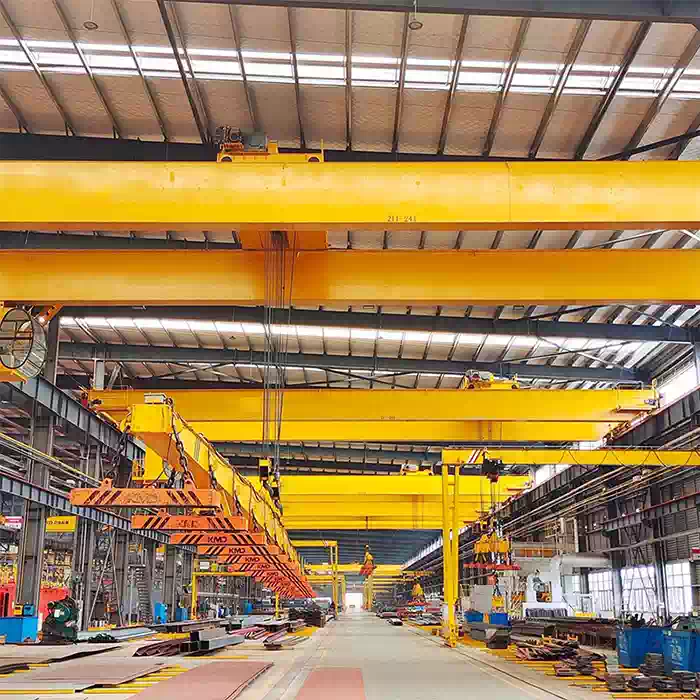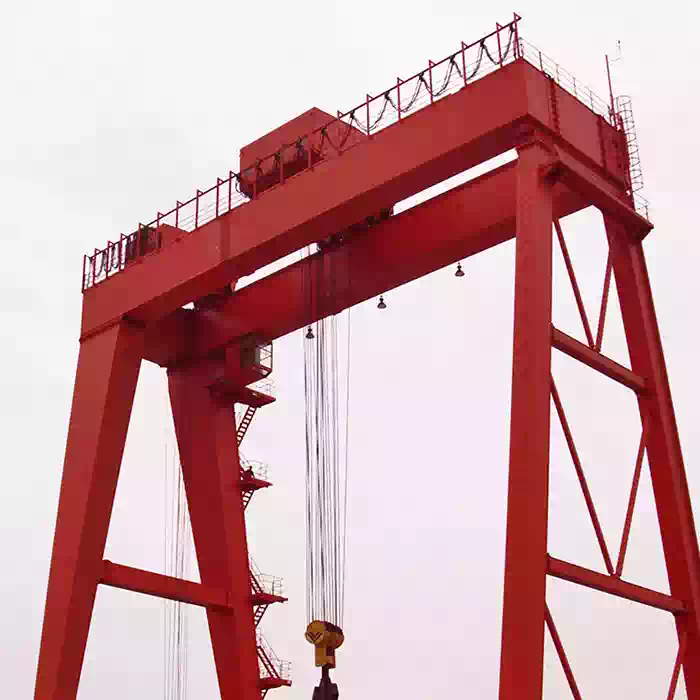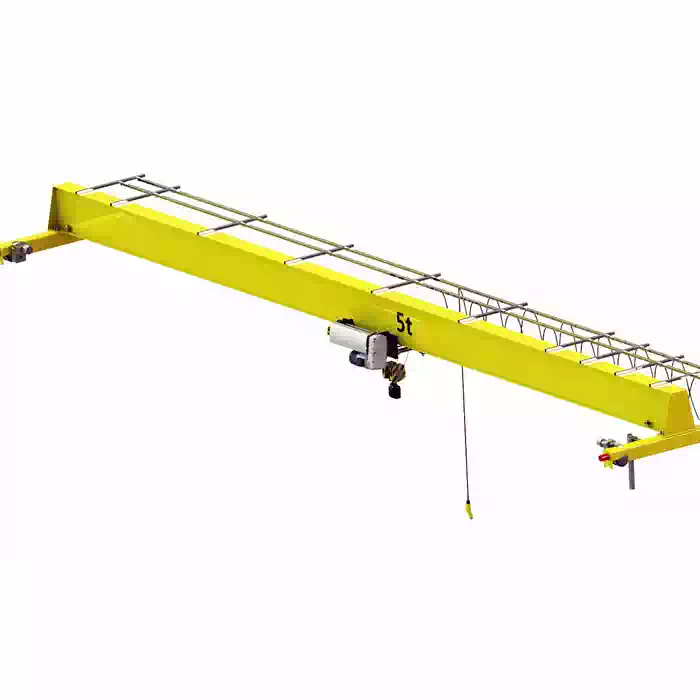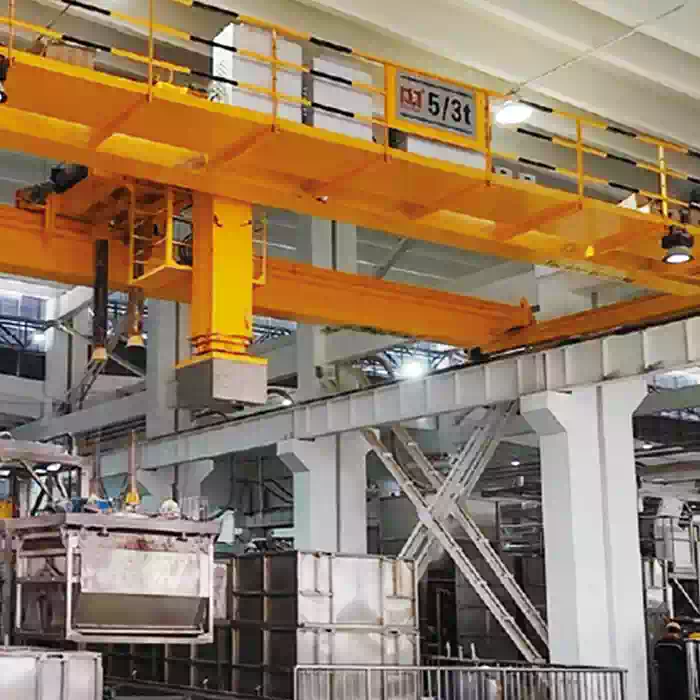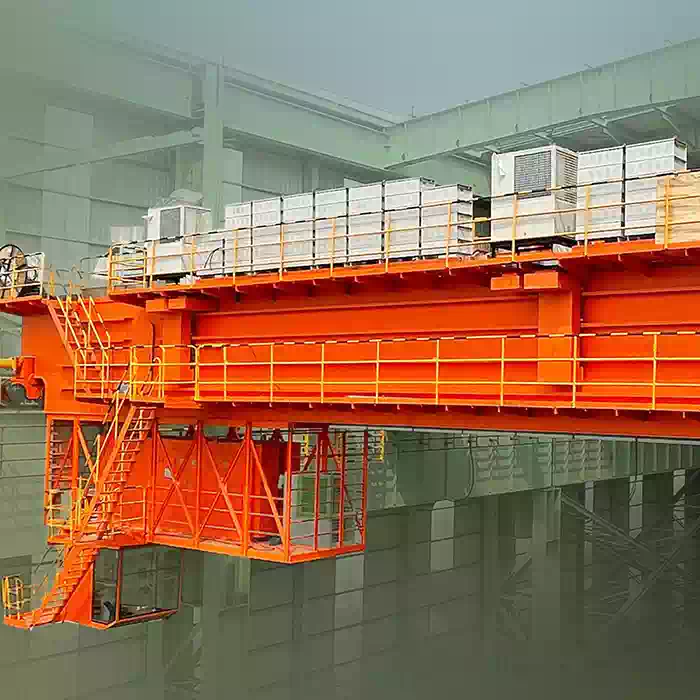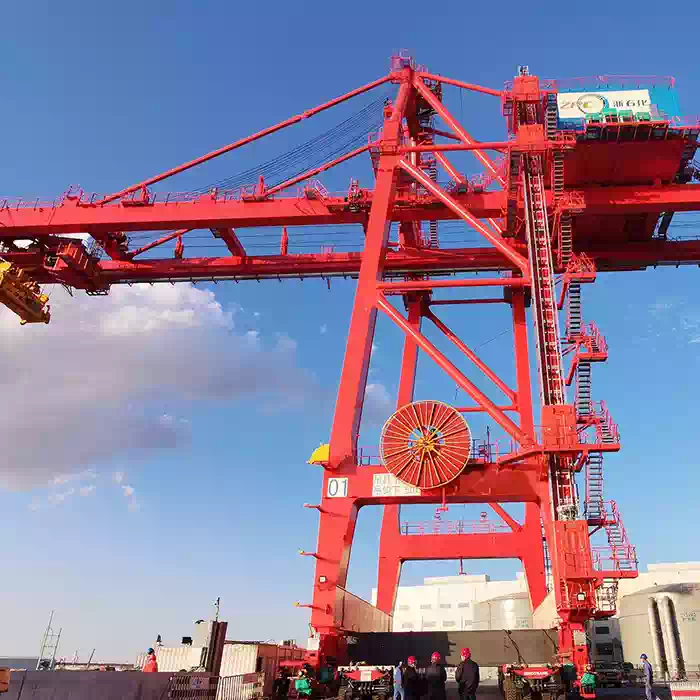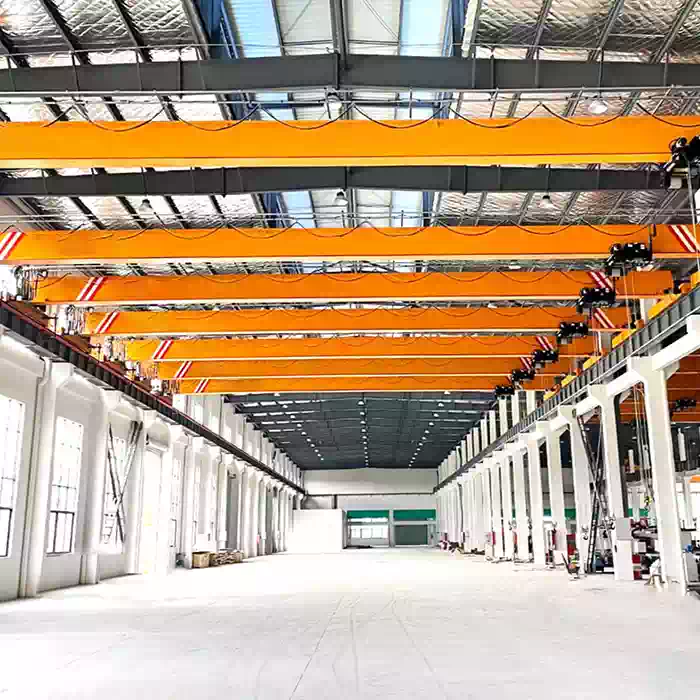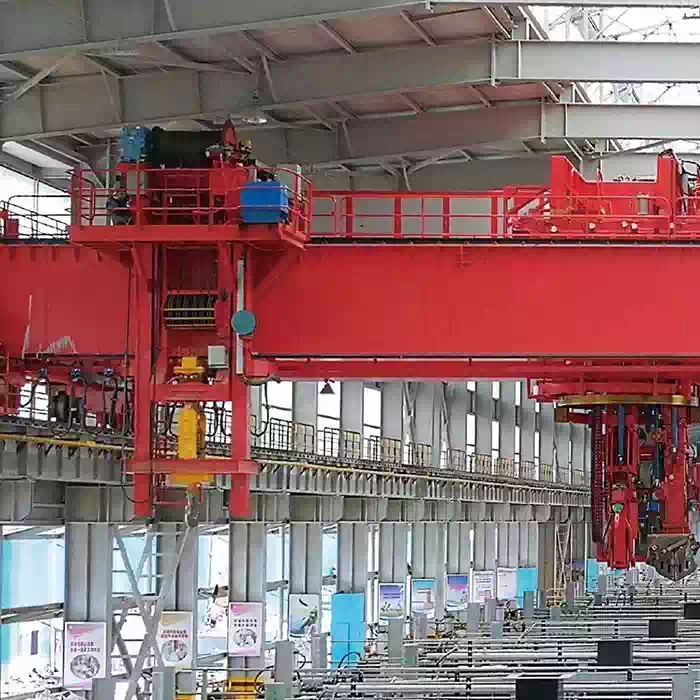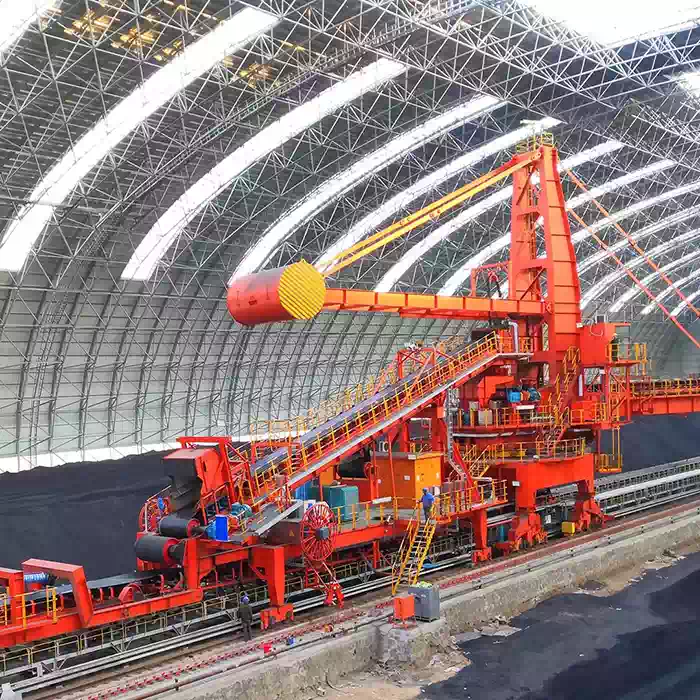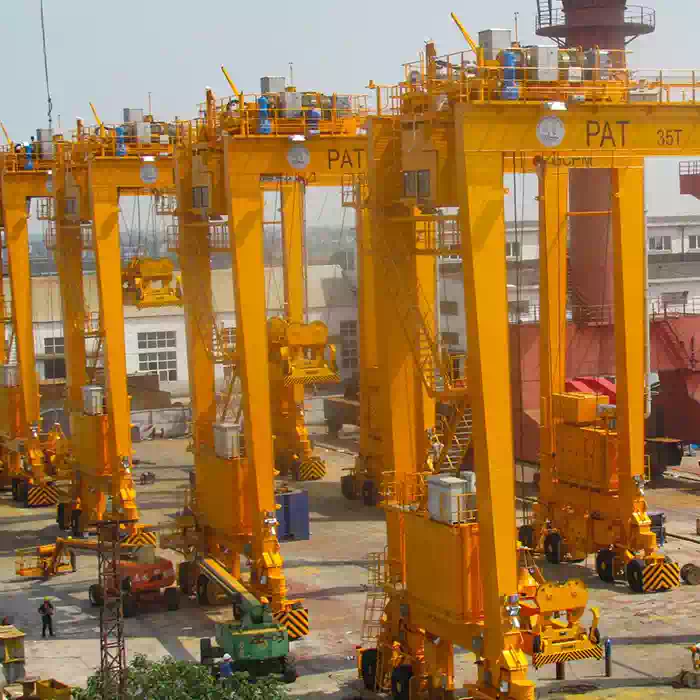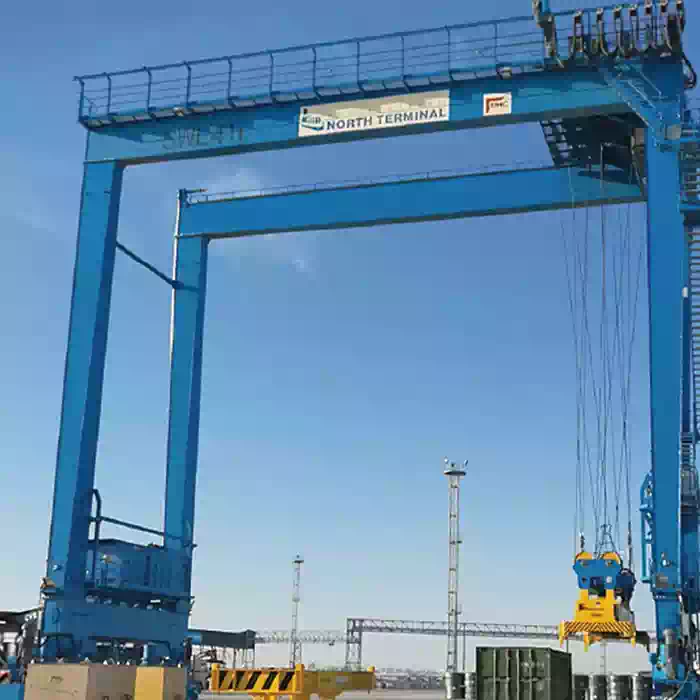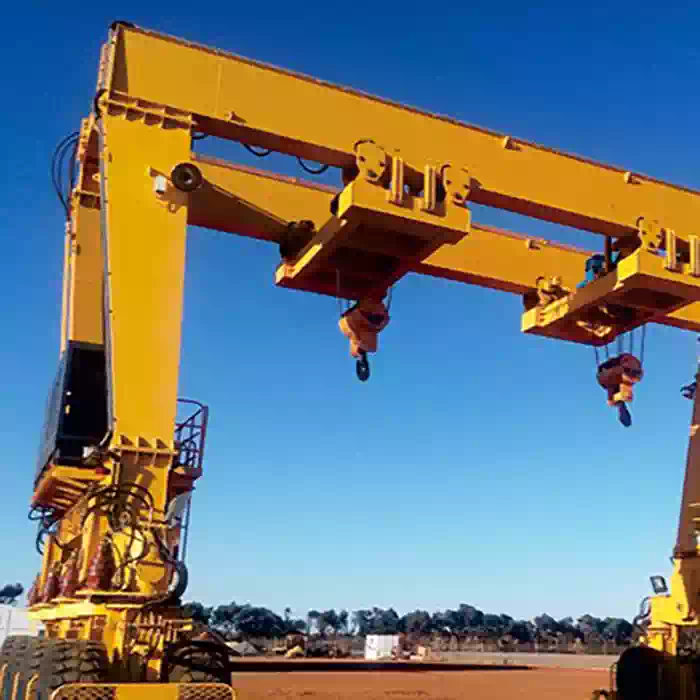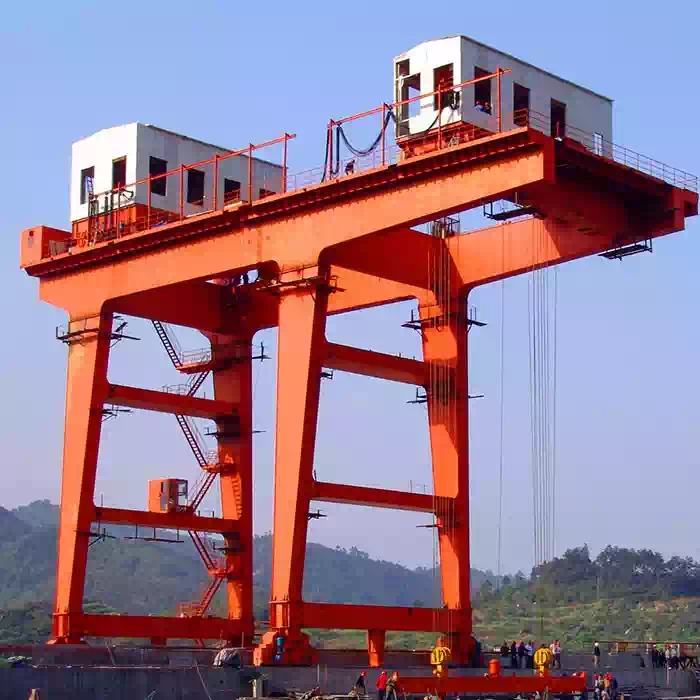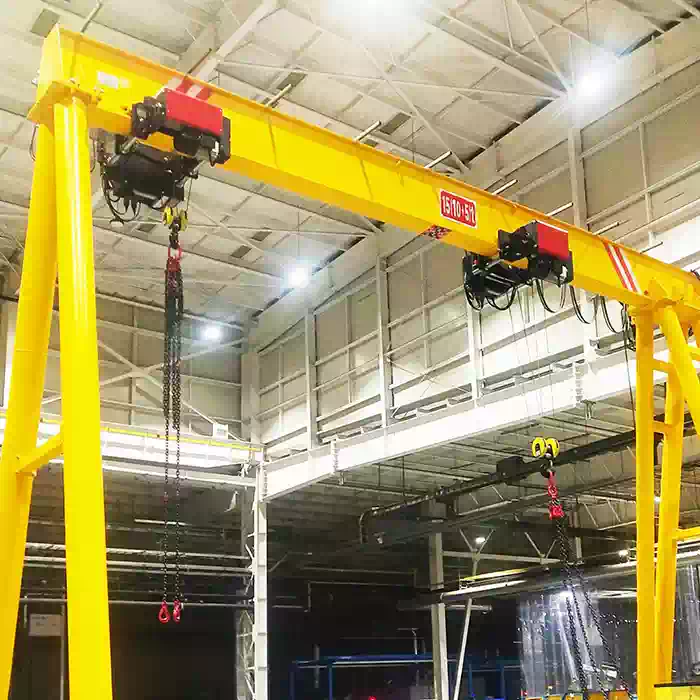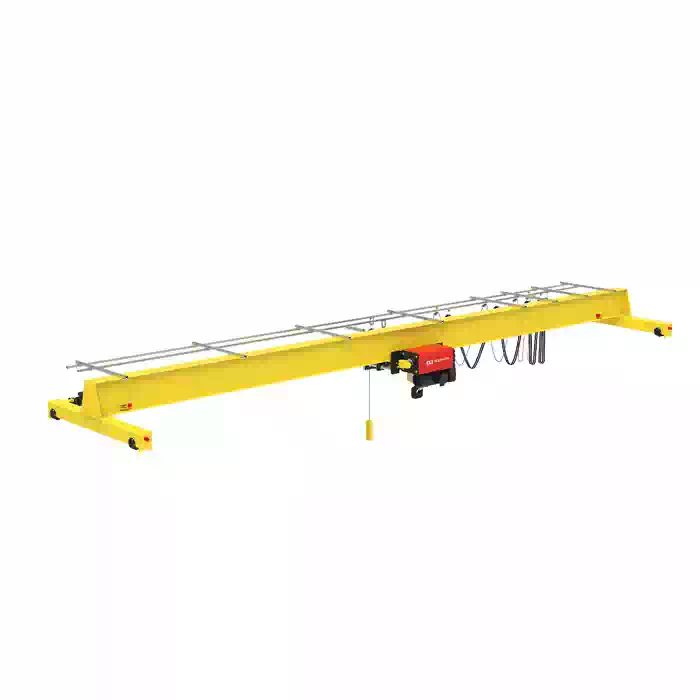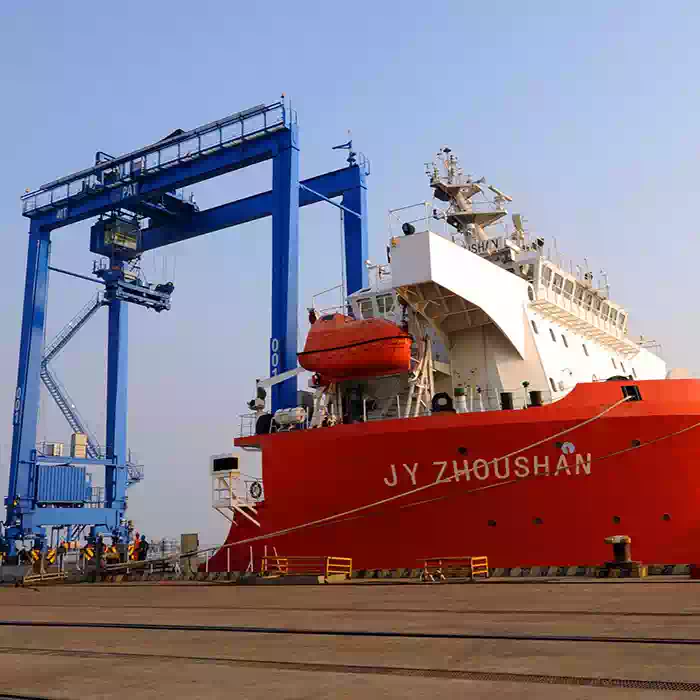

- A5
- A6
- A7
- A8
-

 Container spreader
Container spreader
Rubber Tyre Gantry Cranes(RTG) are special equipments to remove, load and unload international standard containers. Running and moving in the yard, it has the advantage of high production efficiency and fine maneuverability, also the small sensibility to unevenness of the ground. RTG has tractor trolley and standard trolley two models. RTG is powered by cable drum. At the same time, diesel generating set is equipped for conditions when the power is off or the crane moves to another yard.
Features:
1. Rubber tyred container gantry crane is usually called RTG for short, which is employed to stack containers in container storage yards. Rubber tyred container ganry crane is flexibly moved by its own rubber tires for transshipping containers.
2. Rubber tyred container gantry crane is equipped with specialized spreaders to lift standard-sized 20GP, 40GP, 45HQ containers and hydraulic storage tanks.
3. The trolley and crane traveling mechanisms equip three-in-one reducer with convenient maintenance.
4. The tires of this container gantry crane can rotate 90°and move obliquely at 20° and 45°.
Rubber Tyre Gantry Cranes (RTG) are highly specialized and indispensable equipments within the bustling environment of container terminals. These cranes are uniquely designed with the primary function of handling international standard containers, which are the backbone of global trade logistics.
RTGs are proficient in the task of removing containers. When containers are brought to the storage areas of the terminal, RTGs swing into action. They carefully identify the targeted containers among the numerous stacked units. With their precisely controlled mechanical arms and lifting mechanisms, they deftly lift the containers from their storage positions. This process requires a high degree of precision to ensure that the containers are not damaged during the removal operation.
Loading operations are another key aspect of an RTG's capabilities. Once the containers are ready for onward transportation, either onto ships for overseas voyages or onto trucks for land - based distribution, RTGs take charge. They pick up the containers from the staging areas, such as the dockside or storage yards, and load them onto the appropriate transport vehicles. The ability to accurately position the containers onto ships' decks or truck beds is crucial for ensuring stability during transit.
Similarly, for unloading, when ships arrive at the terminal laden with containers, RTGs are there to unload them. They reach out to the ship's deck, grab the containers, and bring them down to the dock or storage areas within the terminal. Their rubber - tired wheels allow for smooth movement across the terminal's surface, enabling them to access different areas as required for these removal, loading, and unloading tasks, thus facilitating the seamless flow of containerized cargo in and out of the port.



